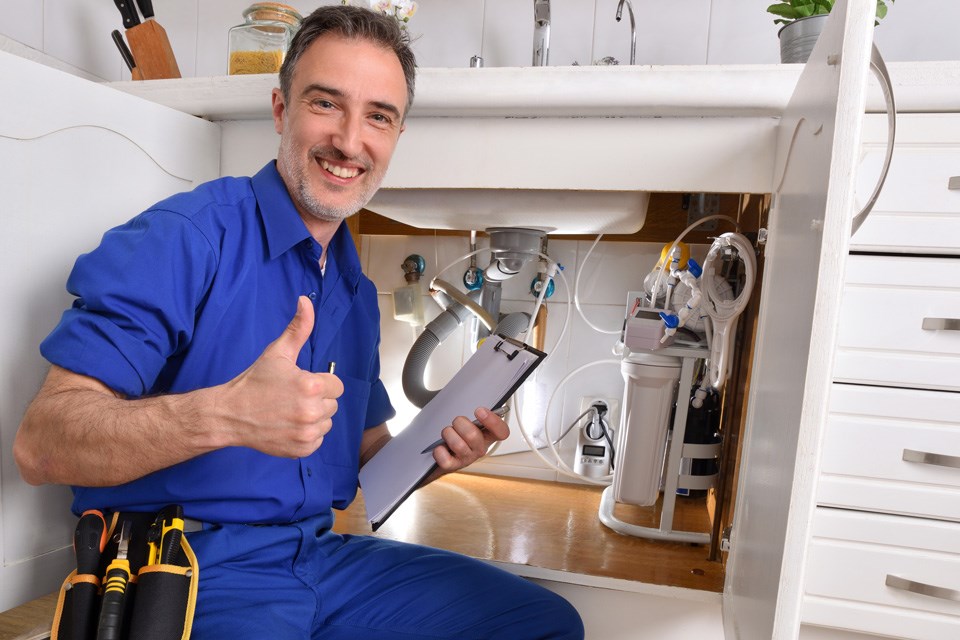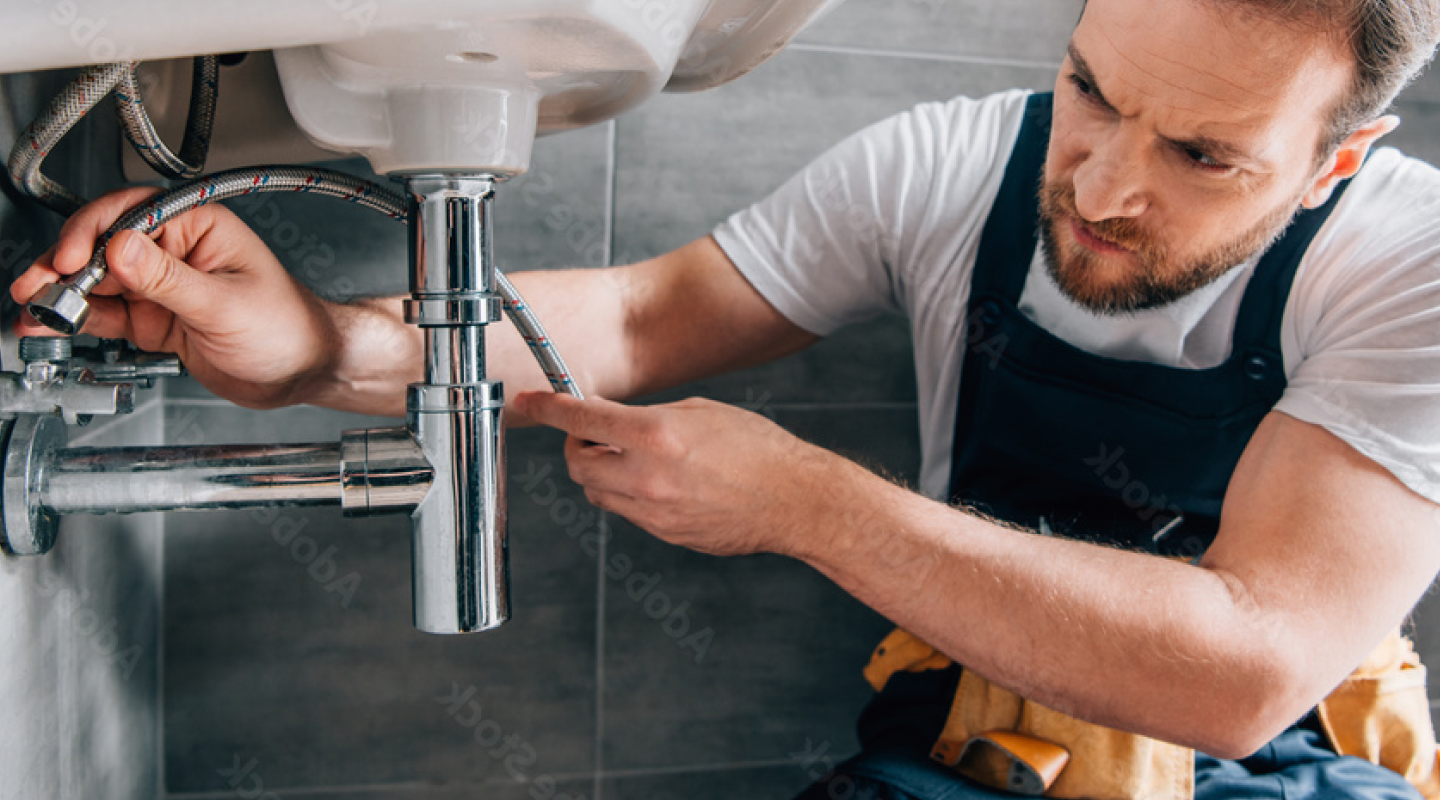Rapid and Reliable Drain Cleaning Alabaster AL Services Available
Wiki Article
A Detailed Overview to Reliable Water Heater Installation for Optimal Efficiency
Embarking on the job of setting up a water heating system is a venture that demands accuracy and a methodical method for attaining optimal efficiency. As you continue, the ins and outs of attaching water supply lines and setting up trusted electric or gas connections await, promising insights into making sure performance and integrity.Picking the Right Water Heater

Next, consider the size and capability of the hot water heater. It's vital to examine your family's warm water demands, which can differ based on the number of occupants and their use patterns. An unit that's as well tiny might bring about insufficient warm water, while an extra-large version could result in unnecessary energy usage.
Effectiveness ratings also play an essential function in selection. Search for water heating units with high Power Element (EF) rankings, showing superior efficiency and lowered energy usage. Tankless models, though generally a lot more expensive ahead of time, deal significant power cost savings in time due to their on-demand home heating abilities.
Preparing the Installation Location
Prior to setting up a new water heater, careful prep work of the setup area is essential. It's vital to measure the space thoroughly to fit the water heater's dimensions, ensuring adequate clearance around the device for effective procedure and servicing.Following, get rid of any type of debris, dust, or blockages from the site to develop a tidy environment. Check the floor for security, as the water heating system will need a solid, degree surface to run properly. If necessary, set up a drip frying pan under the system to catch prospective leaks or spills, preventing water damage to the surrounding area. In areas susceptible to seismic task, think about setting up seismic straps to protect the heater firmly in area.
In addition, make sure that all needed devices and materials are on hand prior to commencing the setup. This includes items such as wrenches, screwdrivers, a degree, and any type of additional hardware required for securing the heating system and mounting. A well-prepared installment location establishes the structure for an effective hot water heater configuration, maximizing efficiency and safety.
Connecting Supply Of Water Lines
When connecting water system lines to your freshly set up hot water heater, it is essential to make sure that all connections you could check here are leak-free and safe and secure to maintain effective operation and prevent water damages. Begin by recognizing the hot and chilly water lines. The cool water inlet is usually marked with a blue label or a "C", while the warm water outlet is marked with a red label or an "H".Use flexible water heating unit adapters to promote a simpler setup procedure. Prior to connecting the adapters, position a plumber's tape around the threaded ends of the water heater's inlet and outlet pipes.
When connections are in location, slowly transform on the primary supply of water shutoff. Check each link for leaks by visually checking and feeling for dampness. Tighten up links as essential, and guarantee the this post stress relief shutoff is properly installed, safeguarding against too much pressure build-up.
Establishing Electric or Gas Links
Appropriately setting up the electrical or gas links for your water heater is an essential step to guarantee secure and efficient operation. For electric water heaters, begin by verifying that the electrical circuit is compatible with the heater's voltage and amperage requirements.For gas water heaters, safety and security is paramount. Connect the gas line to the water heating unit making use of an adaptable gas connector, guaranteeing it is properly threaded and secured with pipe joint substance or Teflon tape suitable for gas connections.
As soon as connections are made, examine for any possible leaks. For gas lines, apply a soapy water remedy to the joints; bubbles show a leakage. For electrical connections, ascertain that all wiring is safe and secure and properly insulated, preserving compliance with neighborhood electric codes.
Changing and checking for Performance
With the electric and gas connections securely in place, the following step is assessing the operational performance of your water heating system. Begin by meticulously transforming on the water supply and guaranteeing there are no leaks at any of the valves or joints.Next, execute a comprehensive inspection to make certain the home heating elements or burner are operating properly. For electric heating systems, use a multimeter to verify if the components are drawing the ideal present. In gas models, observe the heater flame; it needs to be blue and consistent, showing effective combustion.
Change the settings as needed to eliminate inadequacies. Think about applying insulation steps, such as including a hot water heater covering, to even more boost efficiency by minimizing warmth loss. Furthermore, examine the anode rod's condition, as a worn-out rod can lower effectiveness and bring about container deterioration.
Final Thought
Effective water heating system installment is crucial for guaranteeing optimal performance and power financial savings. Firmly connecting water supply lines and thoroughly setting up electrical or gas connections minimize potential issues.
Effectively establishing up the electrical or gas connections for your water heater is a vital action to make certain secure and reliable operation. For electric water heating units, begin by confirming that the electrical circuit is compatible with the heater's voltage and amperage requirements. Connect the gas line to the water heater using a flexible gas adapter, guaranteeing it is correctly threaded and sealed with pipe joint compound or Teflon tape ideal for gas links.
Report this wiki page